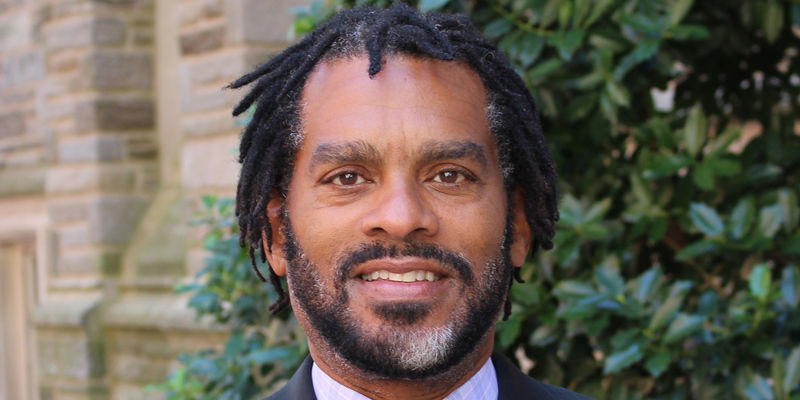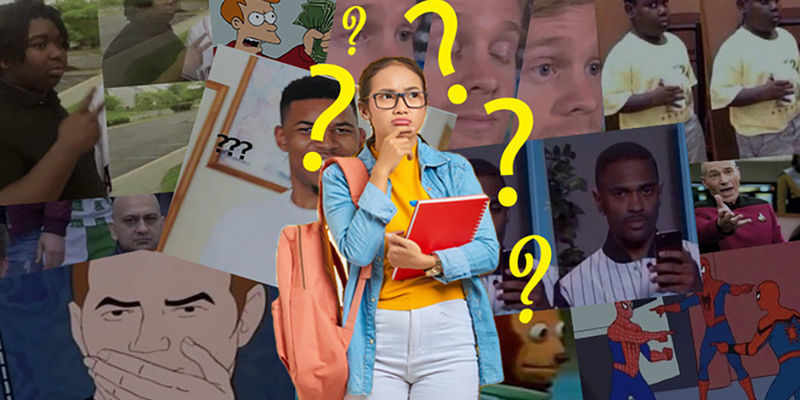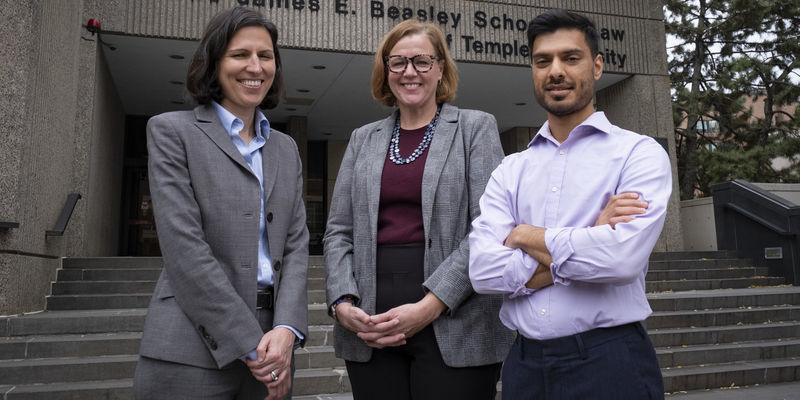The mouse is out: Disney’s original Mickey enters the public domain
Donald P. Harris, associate dean for academic affairs and diversity, equity and inclusion liaison at the Beasley School of Law, explains what it means now that the first version of Mickey Mouse from Steamboat Willie is in the public domain.
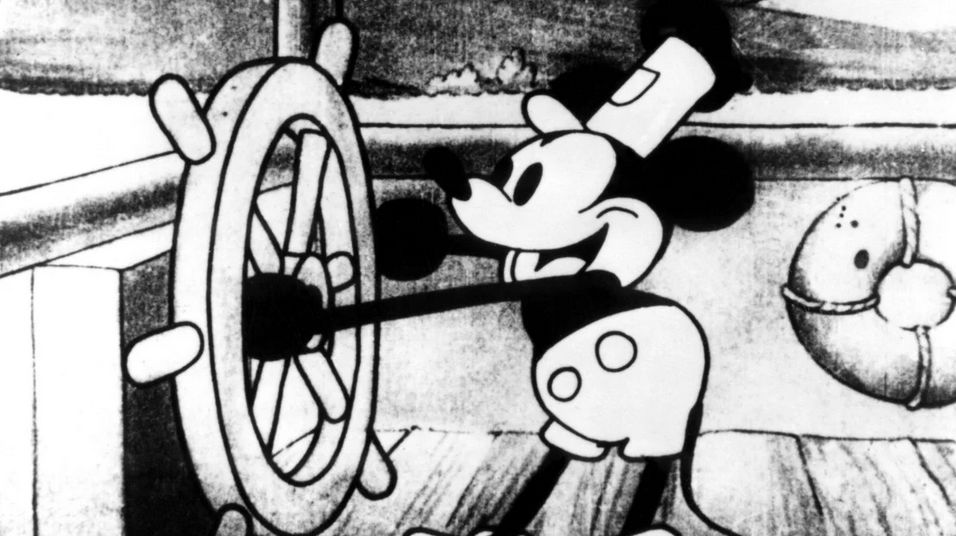
Disney’s most storied and beloved character is now in the public domain. As of Jan. 1, 2024, the original Mickey Mouse from the 1928 cartoon film Steamboat Willie is free from copyright.
Already, creators are reimagining the character in new ways, including a horror-comedy movie featuring a merciless Mickey torturing ferry passengers and a cooperative survival horror game in which players exterminate the acclaimed mouse. Subsequent versions of the face of Disney’s franchise are still protected, though, meaning the Mickey we know and love today remains under copyright.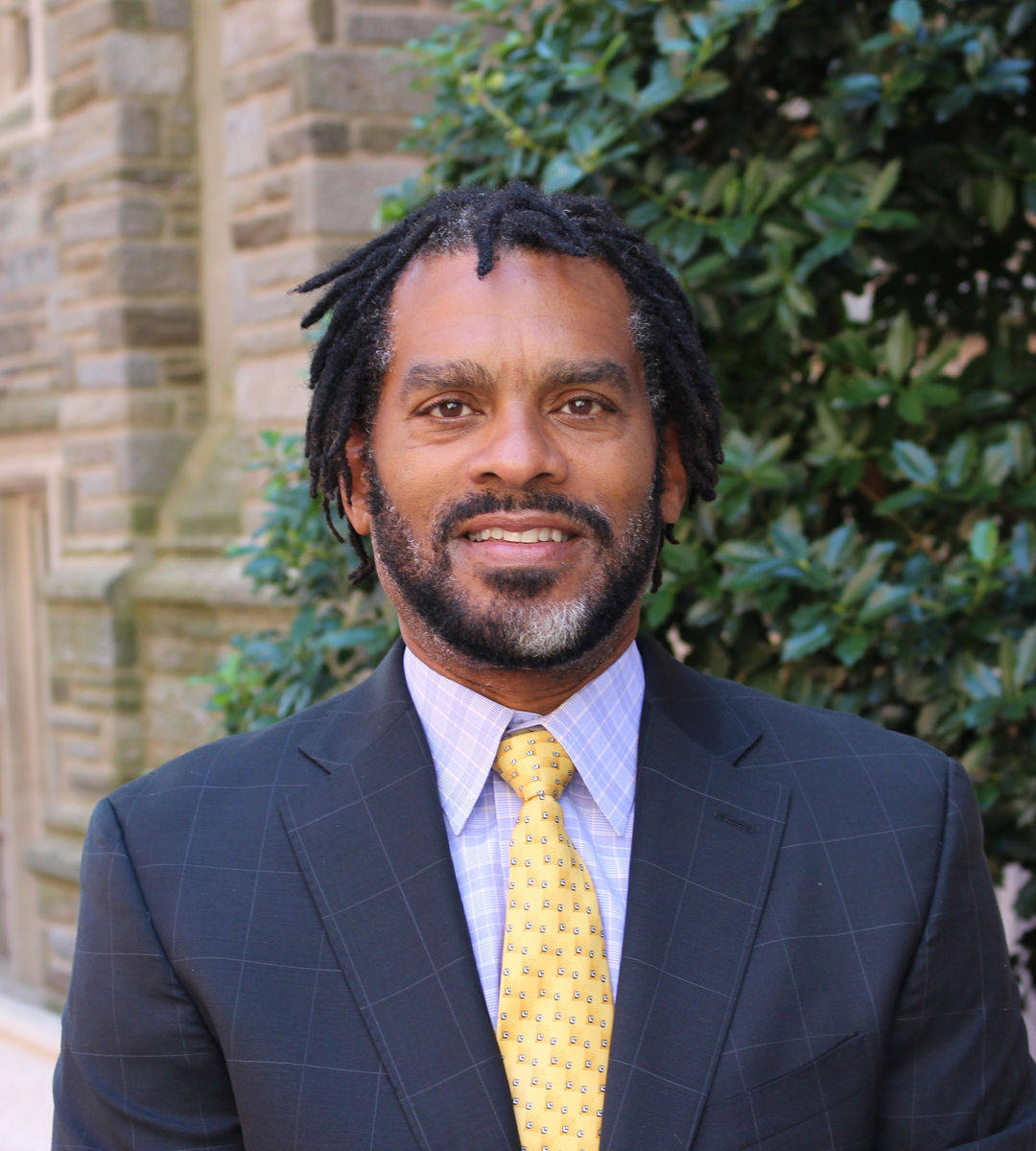
Donald P. Harris, associate dean for academic affairs and diversity, equity and inclusion liaison at the Beasley School of Law, explains the implications of Steamboat Willie’s Mickey Mouse entering the public domain, including potential trademark challenges.
Steamboat Willie is now free from copyright. Does this mean Mickey Mouse is in the public domain?
Donald P. Harris: Yes and no. What’s in the public domain is a specific version of Mickey Mouse—the original from the 1928 film Steamboat Willie. Later versions of Mickey Mouse from Disney are not in the public domain. Those are still protected by copyright, so people are still prohibited from using those freely.
Why is it significant that an iconic character like Mickey Mouse in Steamboat Willie is in the public domain?
DPH: Much like I felt with Winnie the Pooh, Mickey entering the public domain is not unfair or abnormal. This is how the system is supposed to work based on how copyright is designed. Works get protection, and then they fall into the public domain so that people can use them. The fact that Mickey Mouse is an iconic character likely means there are more people who will want to use it because it’s recognizable. And they might represent it in ways that aren’t in line with how Disney has portrayed the character.
What does Steamboat Willie becoming public domain mean for Disney?
DPH: It means that Disney will lose revenue, but probably not a significant amount since Disney stopped using this version of Mickey from Steamboat Willie a long time ago. Because of the new uses of Mickey from Steamboat Willie there might be some changes that could damage either Disney or Mickey’s reputation. For example, irreverent representations of Steamboat Willie in contrast to the idealized image might result in slightly negative views of Mickey. But I don’t know if there’ll be a significant economic loss for Disney in the way that there would be if the company lost the current version of Mickey Mouse, which is making Disney millions of dollars.
What potential legal challenges or controversy does Mickey Mouse’s entry into the public domain introduce?
DPH: Disney is known to aggressively protect its works. A lot of its material not only has copyright protection but also trademark protection. Unlike copyright in which we are providing incentives for people to create these works, trademark law is designed to prevent consumer confusion about the source of the work. So if someone else creates something else based on Steamboat Willie and people might confuse it as coming from Disney, then Disney has a potential trademark infringement suit. Trademark law, unlike copyright law, can last in perpetuity, so it adds an extra layer of protection. I suspect there could be lawsuits based on trademark rather than copyright.
On the trademark side, there are limitations. You can’t use another’s mark if doing so would cause consumers to confuse the source of the second work. That test of consumer confusion is tricky and somewhat subjective. For example, if someone makes a slasher movie of Steamboat Willie, are people really going to be confused that it’s coming from Disney? I would think not, but who knows.
Could you say more about the differences between trademark and copyright?
DPH: Copyright is designed to provide incentives for people to create new works. Long ago, we decided the best economic system is a free market based on competition. We also decided that in some places this competition doesn’t work. If people create works that others start using right away, those incentives decrease. So we need this protection to provide incentives.
With trademark, we’re not creating incentives. Rather, we’re trying to protect consumers from being deceived into buying goods that they think are coming from somewhere else. In addition to consumer protection, there is also a manufacturer-producer perspective in which we want people to create quality goods and services, but we don’t want others siphoning off sales by selling their works as the original. Here, we protect producers by allowing them to capture their goodwill and maintain their reputation and also prevent the loss of sales.
In the case of Steamboat Willie, it has been protected by copyright; we’ve provided incentives for Disney to create it, and now it’s in the public domain. But we want to ensure that people are not confused with new works incorporating Steamboat Willie as coming from Disney. Trademark law ensures that we are using these new works without confusing consumers.
There seems to be a fine line between copyright and trademark. How does a creator make sure they’re using something in the public domain without infringing on a copyright?
DPH: That can be difficult because sometimes you don’t know whether works are copyrighted. Often people think what’s on the internet is free, which is far from the case. If there’s not a copyright notice or a work registered with the Copyright Office, it’s unclear whether the content is protected. If you know something is protected by copyright then you obtain permission from the owner. But there are also millions of so-called orphan works in which the owner is unknown. The safest practice is to use open-source works that you don’t have to license or to use works you know to be in the public domain.
A.A. Milne’s original Winnie the Pooh stories entered public domain in 2022. Pooh Bear was reimagined as a killer in the horror film Winnie the Pooh: Blood and Honey, with a sequel slated for 2024. Mickey Mouse is already appearing in the horror genre too. What do you make of this trend? What other iterations do you imagine?
DPH: It’s not surprising. Creators know when the copyright is about to expire, so they are just waiting to use this work that’s now in the public domain. I think this horror/slasher adaptation is perhaps poking fun at Disney by juxtaposing an irreverent image of a character with the original representation that’s supposed to be wholesome and family-oriented. I think another part of it is having fun and making money. There are people who love the horror genre.
There’s also at least one person using Steamboat Willie to pay homage to Disney. Popeye artist Randy Milholland has released a comic strip called Mousetrapped featuring the original versions of Mickey Mouse, Minnie Mouse and Peg Leg Pete from the movie. So not all new works are parodies, satires or versions wholly unrelated to or critical of the original.
Are Donald Duck or any of Mickey’s other friends in the public domain?
DPH: I believe only characters from Steamboat Willie are in the public domain since it was released in 1928. So that includes those versions of Mickey Mouse, Minnie Mouse, Peg Leg Pete and Caroline Cow. Neither the newer versions of Mickey nor his friends created after 1928 are in the public domain yet.
Read more
- Temple Law: Faculty from the Beasley School of Law are experts on the most relevant law topics of the day, and they’re leading a student body that is eager to use law as a tool for social and systemic change.
- Practicing law in and out of the classroom: Thanks to a variety of clinic and practicum offerings, Beasley students enjoy real, hands-on law instruction and practice that prepares them to make an impact as alumni.
- Become an Owl: Learn more about applying for one of our undergraduate, graduate or professional programs.
